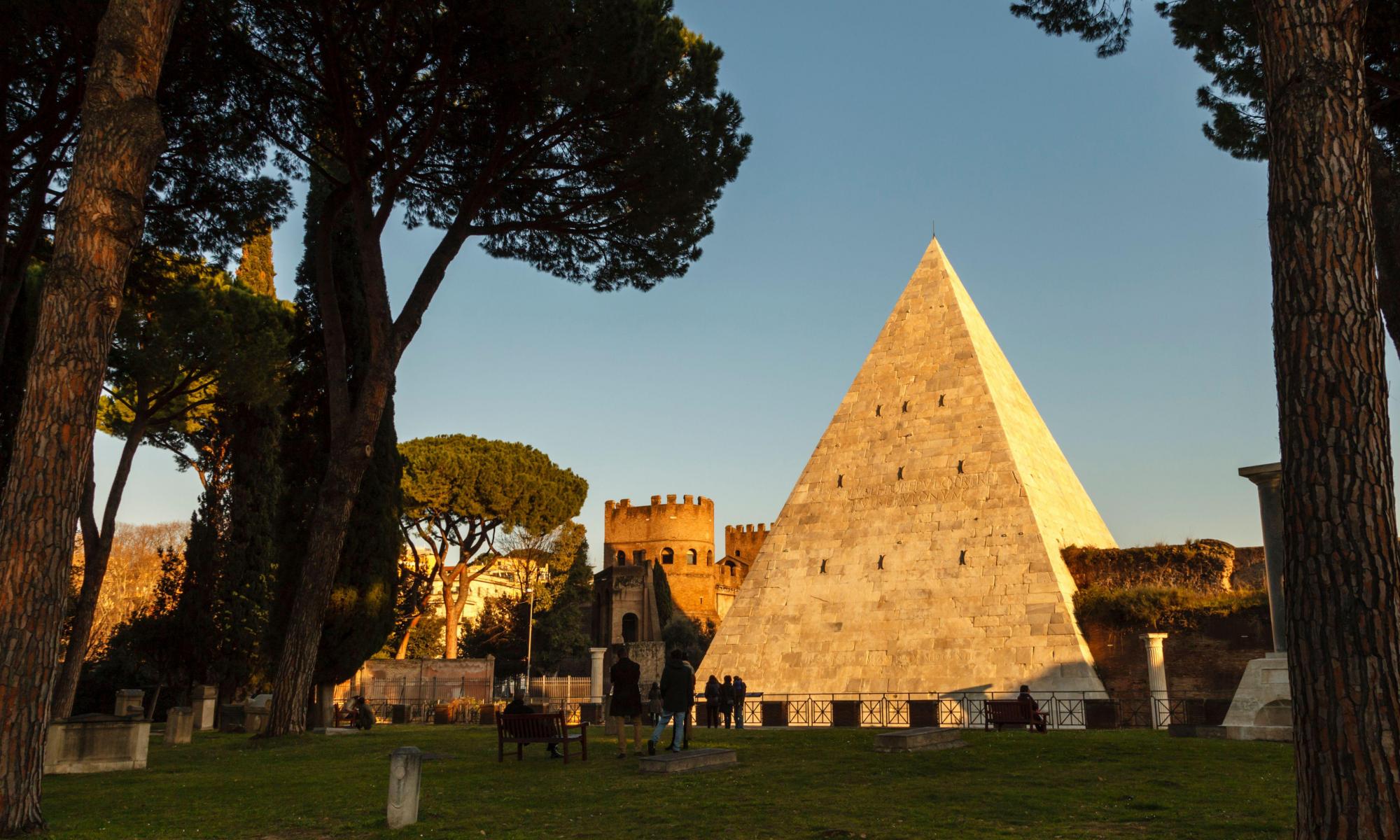When in Rome … go where the Romans go, not the tourist crowds

"These Marvels of the City of Rome", penned in Latin during the early 12th century, saw numerous manuscript reproductions. By the 1470s, it was printed and published, two decades after the Bible, with translations offered in various languages, including English, French, German, and Italian for the convenience of tourists visiting Rome.
Later, the Grand Tour attracted large crowds to Rome, the city famous for its monumnents and museums. Entranced by its beauty, which included a range of earthy terracotta and mocha tones, as well as its impressive galleries of Renaissance sculptures and sombre chapels housing works by famous artists, many people thought it was a bit of paradise. Dickens, however, felt mixed emotions. After reflecting on the Piazza di Spagna, where artists' models posed in public awaiting custom, he wrote: "They started up before me, in Rome, in the broad day, like so many saddled and bridled nightmares."
James Joyce, a renowned literary figure, once resided and worked as a bank clerk here, where Rome's complexities tormented him. In a letter to his brother Stanislaus, he condemned tourism as his primary source of discontent, likening the Romans to "a man who presents his grandmother's deceased body to travellers", and expressed a wish that the Romans would "allow the ruins to decay".
Even die-hard Rome enthusiasts will admit that you can't help but crave a tranquil escape from its intense grandeur at times. For those who live there, stepping away from it all allows the city's magnificent appeal to become even more enchanting in its absence.
The botanic garden, now owned by Sapienza University, is an exceptionally tranquil haven featuring unusual plants, exotic flowers, and nearly extinct tree species, with pathways winding through the slopes above Trastevere. Deteriorated temples, toppled statues, tiered fountains, and the chirping of wild parrots forge an incomparable world that lingers in the memory.
Under palm trees, the medicinal herb garden appears a bastion of ancient mysteries and untold stories. At the summit, a rear gateway leads to a picturesque overlook by the church of San Pietro in Montorio, offering a marvellous panorama of the domes and steeples of Rome. A leisurely stroll along the adjacent leafy avenues leads to lavishly landscaped embassies, the American Foundation and the retreat where Jews and other refugees were concealed during the Nazi occupation of the city. A granary nearby served as a refuge for Allied prisoners of war who had escaped. Any view of Rome conceals more than meets the eye.
Rome's initial electrical substation underwent an extraordinary transformation. The exhibition prompted a fantastic reinterpretation of this former industrial structure, constructed during the fascist period, into a unique classical sculpture gallery.
Busts of classic goddesses and stone-faced Etruscan warriors sit alongside industrial machinery in the boiler room, including turbines, pumps, pistons and diesel tanks. These artefacts appear even more stunning against this unusual backdrop, much like the old engines and gyroscopes, which have been rendered obsolete. This fusion of machinery and the classical arts is a poignant tribute to both.
Adds to the truly otherworldly peacefulness of an area that seems a Marilyn Monroe movie landscape.
This small and lovely palazzo somehow manages to avoid the tourist coaches, the numerous buskers, and the living statues dressed as centurions or emperors that seem to overwhelm the area. Instead, it offers a tranquil atmosphere of greenery and spacious halls filled with statues.
A man of note, who collected and donated two entire households' worth of archaeological treasures to the public. A notable character, he was a talented tenor, famously portraying the character of Rodolfo in the premiere performance of La Bohème in 1896. Decaying frescoes scattered throughout the back lanes evoke a sense of nostalgia. In the Palazzo Altemps, the feeling of absence is palpable.
One of Britain's oldest streets in a historic city has been a site of pilgrimage for centuries. Though only a mile long, the street is lined with narrow alleyways and ancient pathways that offer plenty to discover. In recent years, quaint antique shops and tempting eateries have sprouted up, but look away for a moment and you might catch a glimpse of a cowled monk gliding quietly into a doorway, head bowed in reverence. The street's fountains seem to chuckle mischievously, while a weathered stone skeleton decorates the worn façade of a crumbling church.
Perched high above Via Giulia, overgrown with entwining ivy.
Along Via Giulia, he had a particular affection.
Once known as "Our Lady of the Snows", this venue receives fewer visitors than the imposing St Peter's, however it is arguably more impressive and endearing. One of its notable attractions, accessible by private guide for a nominal fee of a couple of euros, is "the Loggia", the arched balcony that adorns the basilica's facade, and houses
This delightful artwork is connected to a story from the fourth century, following the time when Christianity was decriminalised by Emperor Constantine. It tells of a Roman nobleman, Giovanni, and his wife who were among those who became Christians. In a dream, the Virgin Mary appeared to them and asked them to have a new church built on the Esquiline Hill. She would reveal the exact location by causing snow to fall there, despite it being in the height of summer.
To this very day, the methods behind its construction remain a mystery to experts.
This beloved city proves to be a stubborn one, reluctant to reveal its secrets. However, in its more peaceful areas, away from the crowds, one can occasionally sense the city's ancient tales stirring and coming alive.
Joseph O'Connor's latest novel, The Ghosts of Rome, is available from 30 January (Harvill Secker , £20). To keep the Guardian and Observer at the forefront, buy a copy today guardianbookshop.com Delivery costs may be applicable
Post a Comment for "When in Rome … go where the Romans go, not the tourist crowds"